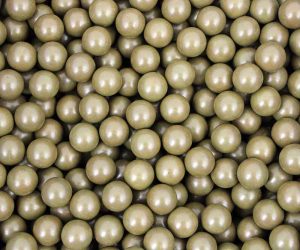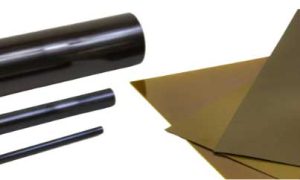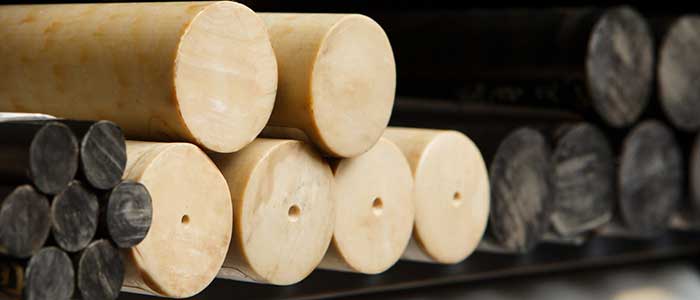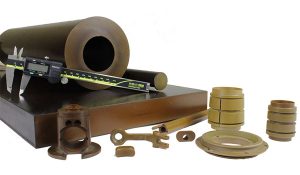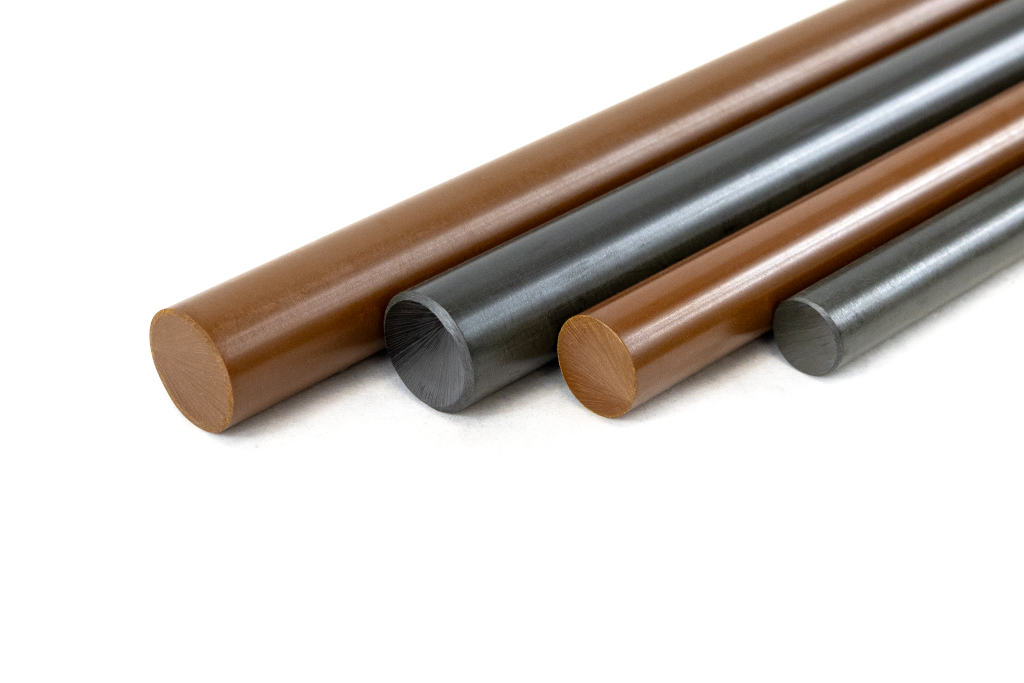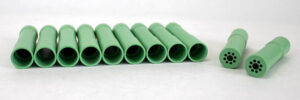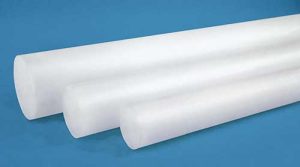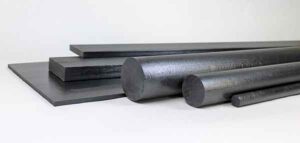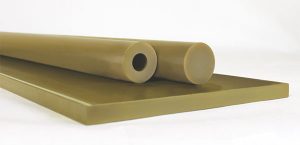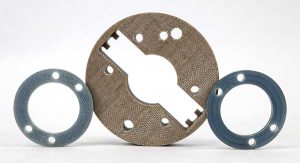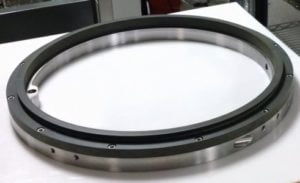Latest posts by Bryan Quance (see all)
- Case Study: One Word Sums Up Performance Requirements for Plastics in Deep Space: Reliability - August 15, 2024
- Case Study: Ultem 1000 Solves Multiple Performance Challenges for Satellite Antennas - June 14, 2024
- Case Study: Torlon PAI’s Thermal Isolation, High Strength Keys to Weight-Saving Innovation in Composite Aircraft’s Hydraulic System - June 14, 2024

